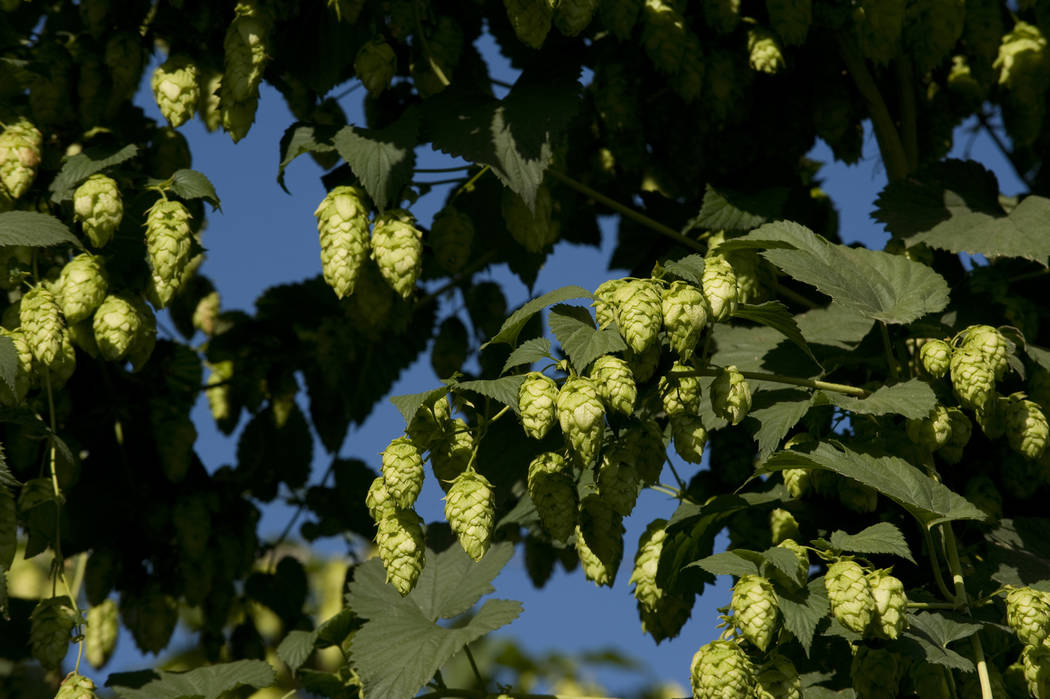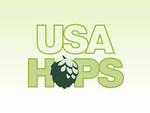
Pre-Season Crop Report Show Continued Hop Expansion Plus More Inventory in Storage than 2015
April 28, 2016
Encouraging outlook for hop lovers: USDA reports 10% increase in inventory from this time last year. Global hop organization, International Hop Grower’s Convention, predicts an 8,347 acre (6.7%) worldwide jump in acreage led by the U.S. with 13% growth.
MOXEE, WA – April 28, 2016 – As a member of the International Hop Grower’s Convention (IHGC), Hop Growers of America participates in the IHGC preliminary projections for the 2016 growing year: Hop Acreage is increasing yet again at a global level for the third straight year, and for the fourth straight year in the United States.
With demand reaching new heights, largely thanks to increased hop usage in craft beer and the U.S. Brewery count reaching an all-time high, hop growers across the globe have responded with more acreage.
“The industry has worked hard to keep up with demand at a frenetic pace and the stock report is a lagging indicator of success in those efforts,” said Jason Perrault, a U.S. Hop Grower and Breeder of Select Botanicals, a hop breeding company, speaking in reference to the USDA Hop Stocks report released by the National Agriculture Statistics Service last month. The report found hop stocks rose 10% in the past year, meaning brewer’s supplies are 10% larger in the U.S. compared to the same time last year.
The total amount of hops in U.S. inventory at the time of the report is 131 million pounds. To put this number into perspective, the total 2015 global hop harvest was 190.4 million pounds. While a small portion of these hops will be available for purchase on the spot market, the majority of this inventory is contracted and in storage until brewers request shipment.
However, the number also indicates increased infrastructure improvements and services of product storage for brewers, especially smaller production facilities that do not have a large space for raw materials storage, allowing more frequent shipments throughout the year.
“The stock report is an indicator that industry efforts to keep up with demand are increasingly successful. But, in high demand varieties, despite an increase in stocks, burn rates on these varieties have met expectations and are experiencing continued growth in future contracting,” notes Perrault.
As for the hops yet to come with the 2016 Harvest – the outlook is a sunny one. With a projected increase of 5,400 acres in the Pacific Northwest (Washington, Oregon, and Idaho) and 600 acres in smaller farms across the country, the estimate increase for the United States is 6,000 total acres, a 13% increase following a 19% increase the year before. The projected increase would bring the U.S. hop acreage to 51,275 acres, widening the gap with other world-leading hop producer Germany, projected at 45,468 acres (10% increase). Aroma and dual purpose varieties, including popular proprietary varieties, will continue to dominate U.S. acreage expansion.
“We are finally beginning to see some signs of breathing room in the supply chain,” said Pete Mahony, Vice President, Supply Chain/Purchasing at John I. Haas in Yakima, especially speaking to popular craft varieties hard-hit last summer. “Although, we’ve not reached comfortable levels quite yet.”
To add on to the good news for hop lovers, normal irrigation water supplies are currently projected for Washington’s Yakima Valley, home to approximately 70% of the U.S. hop crop. In addition to an uncharacteristically hot year, low water supplies due to a small snowpack in the 2014/2015 winter resulted in lower yields for 2015 on some varieties – particularly early maturing aromas which are in high demand.
“Going into the growing season with a good supply of water, another large acreage increase, and last year’s new acreage coming into full-production, we are excited for the 2016 growing season,” said Ann George, Executive Director of Hop Growers of America. “Thanks to the efforts of the hop and brewing industries working together, contracts have increased, resulting in more breweries reliably having their needs fulfilled and at a known price. We hope to see this continue, reducing reliance on the spot market, which acts as a good buffer for unanticipated need and yield variances.”
Forward contracting also allows growers to secure necessary capital from their lenders as they can prove their crop is sold. This is especially crucial for expansion to meet demand where the per-acre cost of establishing new acreage is very expensive – estimated at a minimum of $40,000 (likely higher) an acre considering grower and merchant costs. Included in this projection cost is land, growing supplies, rootstock, labor, additional farm equipment, harvesting facilities (picking and drying), and increased cold storage warehouses, packaging equipment, etc.
While a healthy spot market is crucial for buffering unexpected needs for brewers, an oversaturation results in market price volatility and increasing risk.
To see the full IHGC report, view it on their website here.
Media Contact:
Jaki Brophy
509-453-4749
[email protected]
Technical Contact:
Ann E. George
509-453-4749
[email protected]
Back
Liberty Building, 32 N 3rd St - Suite 408 \ Yakima, WA 98901 Mail to: P.O. Box 2885 \ Yakima, WA 98907 1.509.453.4749
